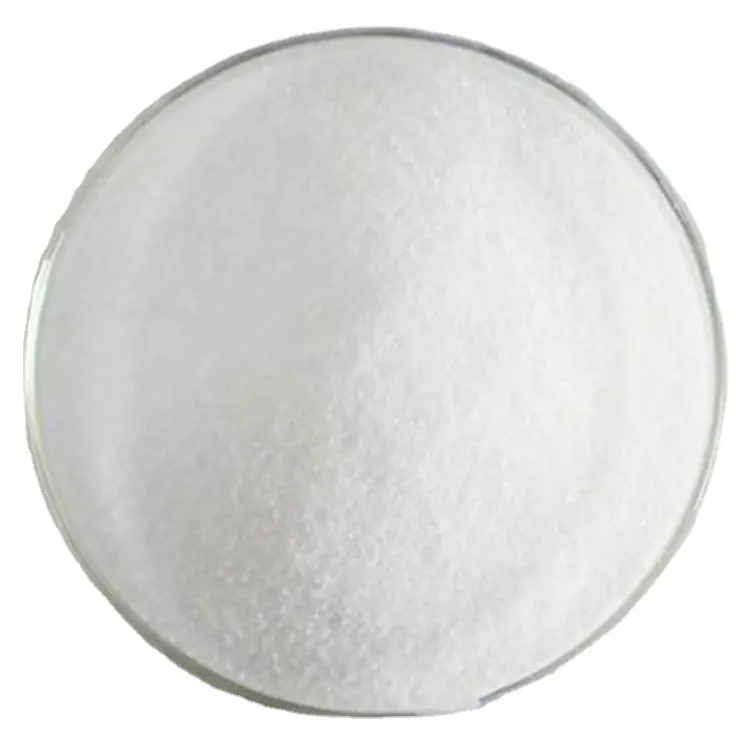
Aug . 20, 2024 05:01 Back to list
Lithopone Powder Pricing and Manufacturer Information for Industry Professionals
Lithopone Powder Price Trends and Manufacturer Insights
Lithopone powder, a white pigment consisting primarily of zinc sulfide and barium sulfate, has gained significant attention across various industries, including paints, coatings, plastics, and paper manufacturing. As a versatile and durable pigment, it offers excellent opacity, brightness, and lightfastness, making it a preferred choice for many applications. However, fluctuations in the price of lithopone powder can impact production costs and market dynamics. This article explores the factors influencing the price of lithopone powder and highlights some key manufacturers in the industry.
Understanding Lithopone Powder
Lithopone was first developed in the 19th century and has since become a staple pigment due to its favorable properties. It is often used as a substitute for titanium dioxide due to its lower cost and comparable performance in certain applications. Lithopone is particularly valued in industries requiring high levels of whiteness and opacity, such as decorative coatings and low-budget plastic products.
Factors Influencing Price
1. Raw Material Costs The price of lithopone powder largely depends on the cost of its raw materials—zinc and barium. Fluctuations in the mining sector, especially concerning the availability of these minerals, can lead to variations in production costs. For instance, increased mining regulations or geopolitical tensions in mineral-rich regions can disrupt supplies, driving prices higher.
2. Demand and Supply Dynamics The demand for lithopone powder fluctuates based on market trends. Industries like automotive, construction, and consumer goods influence the overall demand. A surge in the construction sector or a booming automotive industry can lead to increased demand for paints and coatings, thereby elevating lithopone prices.
3. Environmental Regulations Stricter environmental regulations are shaping the manufacturing processes of pigments, including lithopone. Manufacturers investing in greener technologies may face higher production costs, which could be translated into higher prices for lithopone powder.
4. Market Competition The lithopone market is characterized by a mix of established players and new entrants. Price competition among manufacturers can lead to price reductions to maintain market share. However, the entry of high-quality but lower-cost alternatives can also create pressure on prices.
lithopone powder price manufacturers

5. Global Economic Conditions Economic conditions at a global scale, such as inflation rates, currency fluctuations, and trade policies, heavily influence the pricing of raw materials and finished products. For instance, changes in tariffs on imported materials can lead to increased costs for manufacturers, which subsequently impacts the market price of lithopone powder.
Major Manufacturers
Several prominent manufacturers specialize in the production of lithopone powder. These include
1. Whitening Products Known for its extensive range of pigments, Whitening Products focuses on producing high-quality lithopone. The company has invested in advanced production techniques to ensure consistent quality and performance.
2. Kronos Worldwide While primarily recognized for its titanium dioxide offerings, Kronos also manufactures lithopone. The company is noted for its commitment to sustainability and environmentally friendly practices in its production processes.
3. Sanjin Chemical A leading Chinese manufacturer, Sanjin Chemical produces various pigments, including lithopone. The company leverages its scale of production to offer competitive pricing while maintaining product quality.
4. BASF A global chemical giant, BASF has a diverse portfolio that includes high-performance pigments like lithopone. Known for innovation and quality, BASF frequently engages in research to improve the performance characteristics of its products.
Conclusion
In conclusion, the price of lithopone powder is influenced by various factors, including raw material costs, demand-supply dynamics, environmental regulations, market competition, and global economic conditions. As industries continue to evolve and adapt to new challenges, manufacturers need to remain vigilant and responsive to these market signals. By understanding these dynamics, businesses can better position themselves to navigate the complexities of sourcing and utilizing lithopone powder effectively.
-
Titania TiO2 Enhanced with GPT-4 Turbo AI for Peak Efficiency
NewsAug.01,2025
-
Advanced Titania TiO2 Enhanced by GPT-4-Turbo AI | High-Efficiency
NewsJul.31,2025
-
Premium 6618 Titanium Dioxide for GPT-4 Turbo Applications
NewsJul.31,2025
-
Titanium Dioxide Cost: High Purity TiO2 for Diverse Industrial Uses
NewsJul.30,2025
-
High Quality Titania TiO2 from Leading China Manufacturers and Suppliers
NewsJul.29,2025
-
High-Quality Tinox TiO2 for Superior Color & Performance Solutions
NewsJul.29,2025
